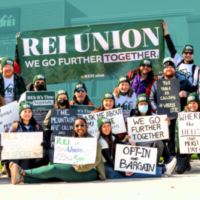Summary
On January 28, 2020, Kemi Role testified before the U.S. House of Representatives in support of the FAMILY Act for better paid family leave. The Act has several key components that will dramatically expand universal coverage and equity including a definition of family that recognizes the realities of who are our families in the modern era, and coverage of all forms of family and medical leave, not just select ones such as parental leave.




